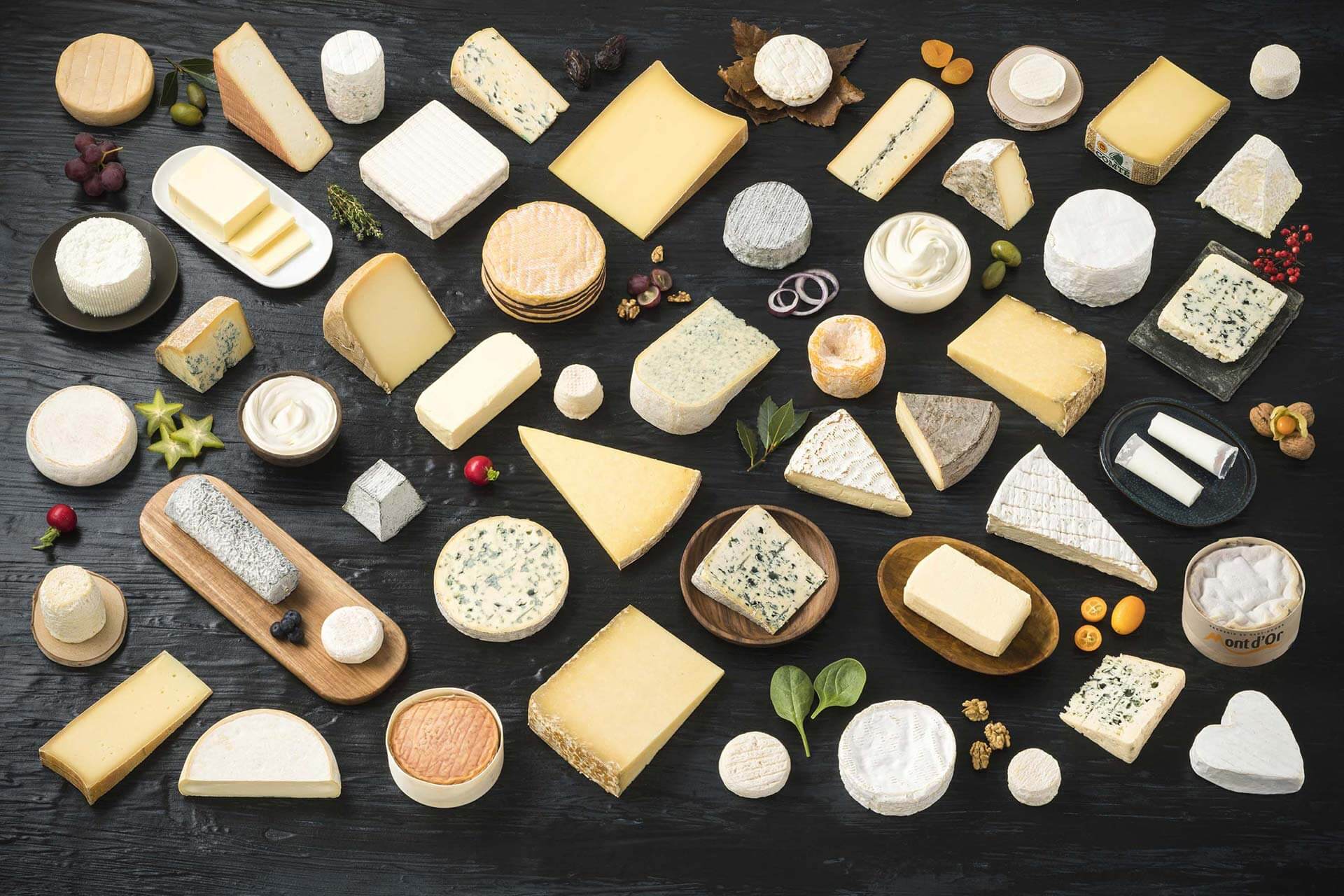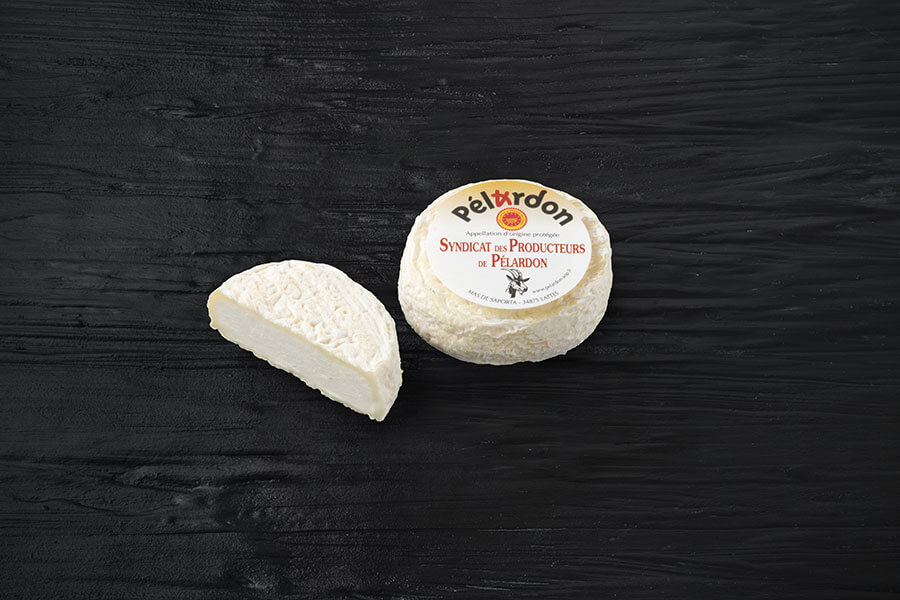Pélardon
PDO Pélardon, goat in pure form
Pélardou, Péraldou, Paraldon, Péraldon, Péraudon – this small cheese made from the milk Cévennes and Languedoc Garrigues sheep was known by a variety of names before Pélardon definitively took hold in the late 19th century. Each Pélardon is unique thanks to each producer’s individual know-how and the richness and diversity of the herd’s food. But one constant is the fine and yielding texture and the delicate and balanced taste with floral, goat and plant flavours and often a touch of hazelnut. After 11 days it acquires a nice cream-coloured rind, sometimes speckled with white and or blue layer of mould. As it ages more, the rind darkens and develops a more pronounced goat taste.
-
Cheeser
Goat’s milk -
YEAR OF LABELLING
2001 -
Raw milk
-
Goats and brousses
Key figures
-
66 Milk producers
-
51 Farmhouse producers
-
2 Production plants
-
1 Maturing plants
-
263 Tons marketed in 2020
READ MORE
www.pelardon-aop.fr

